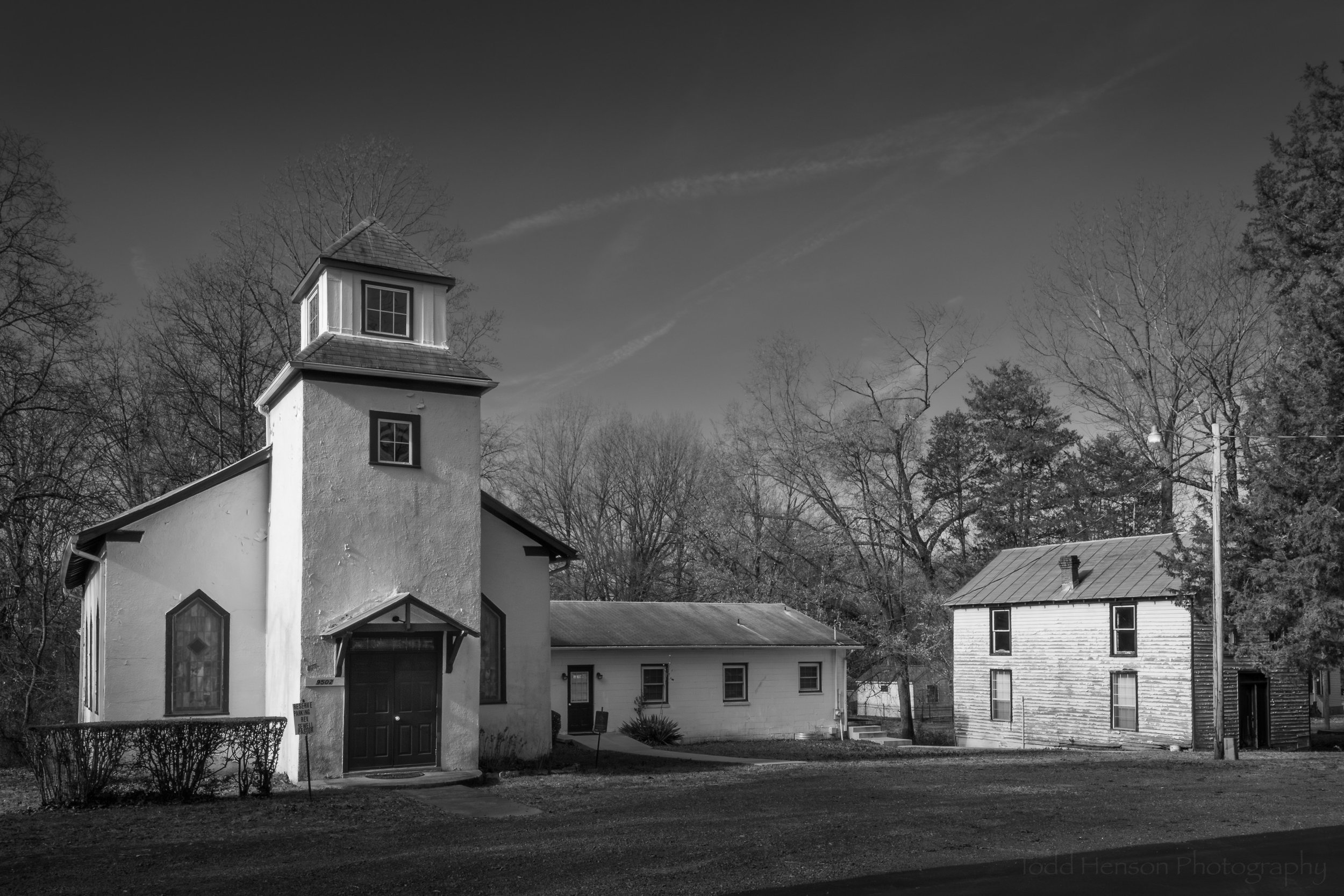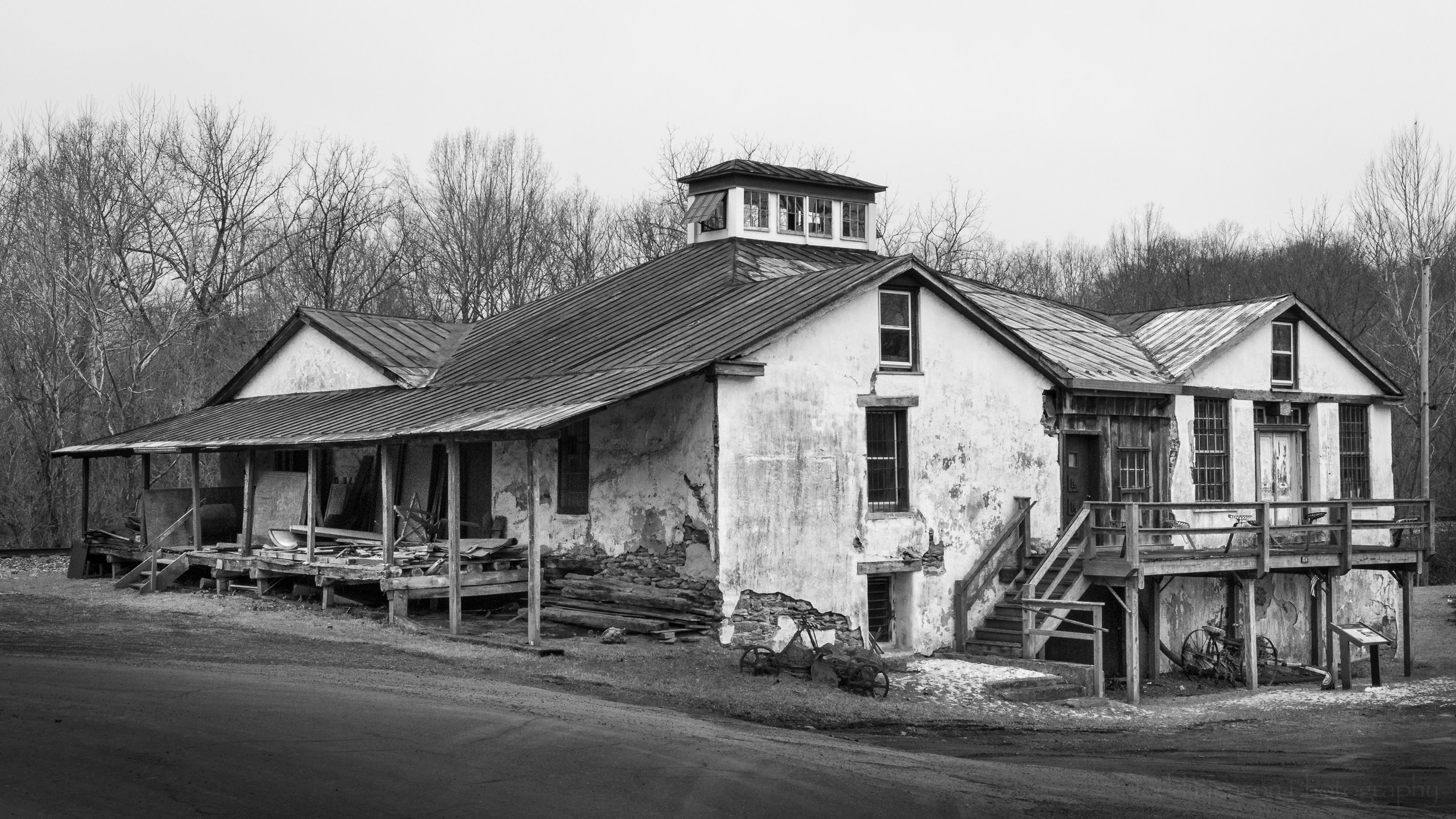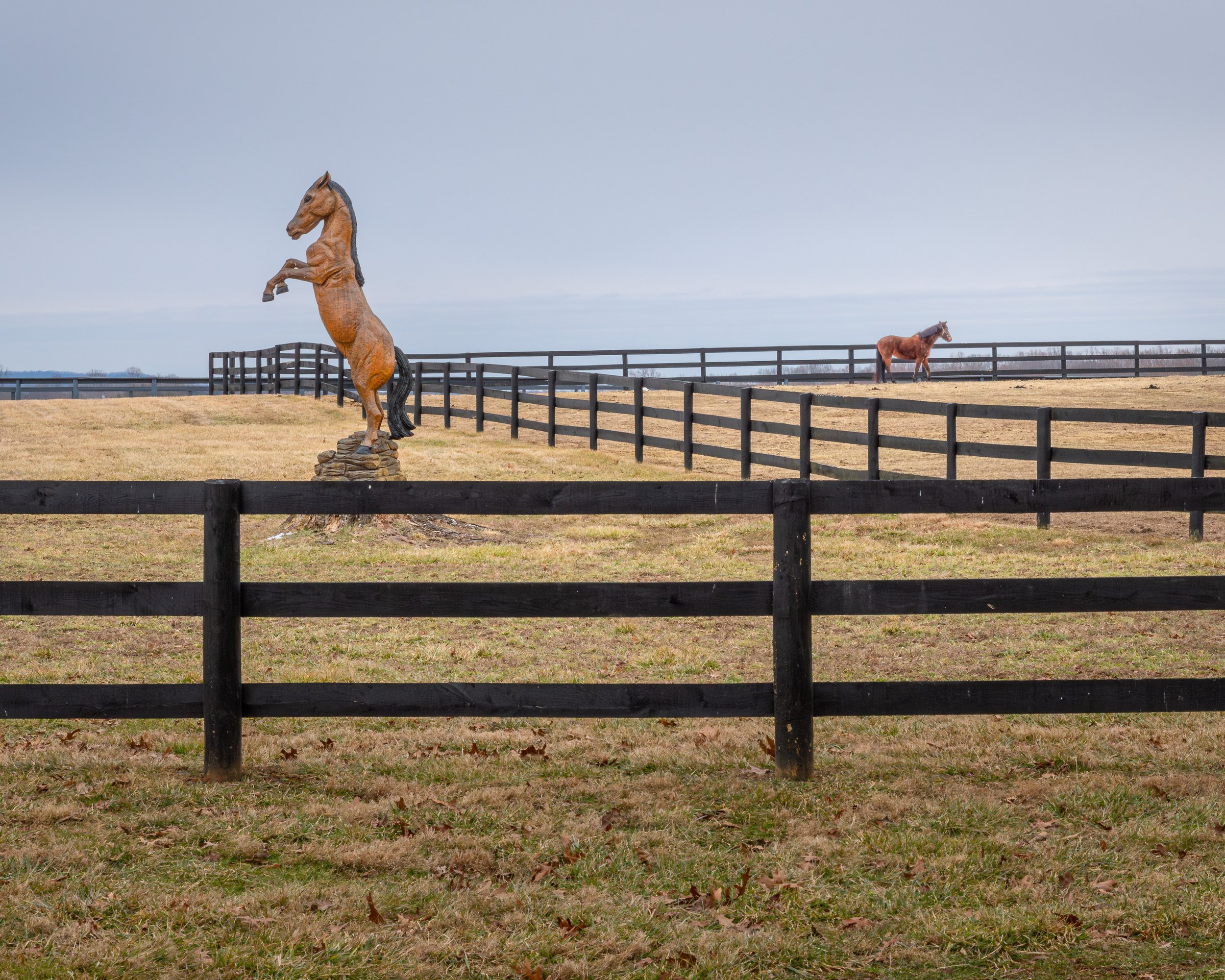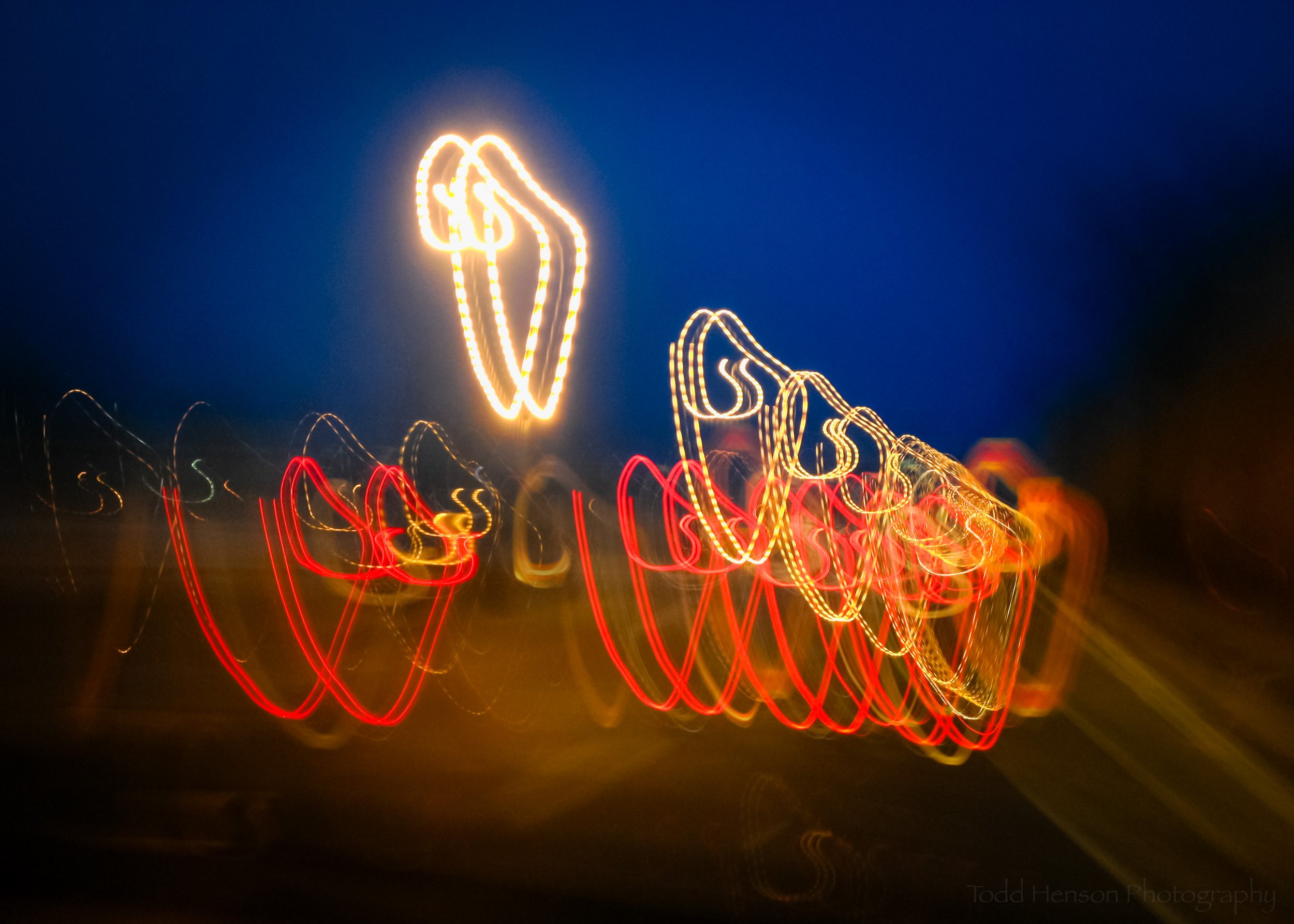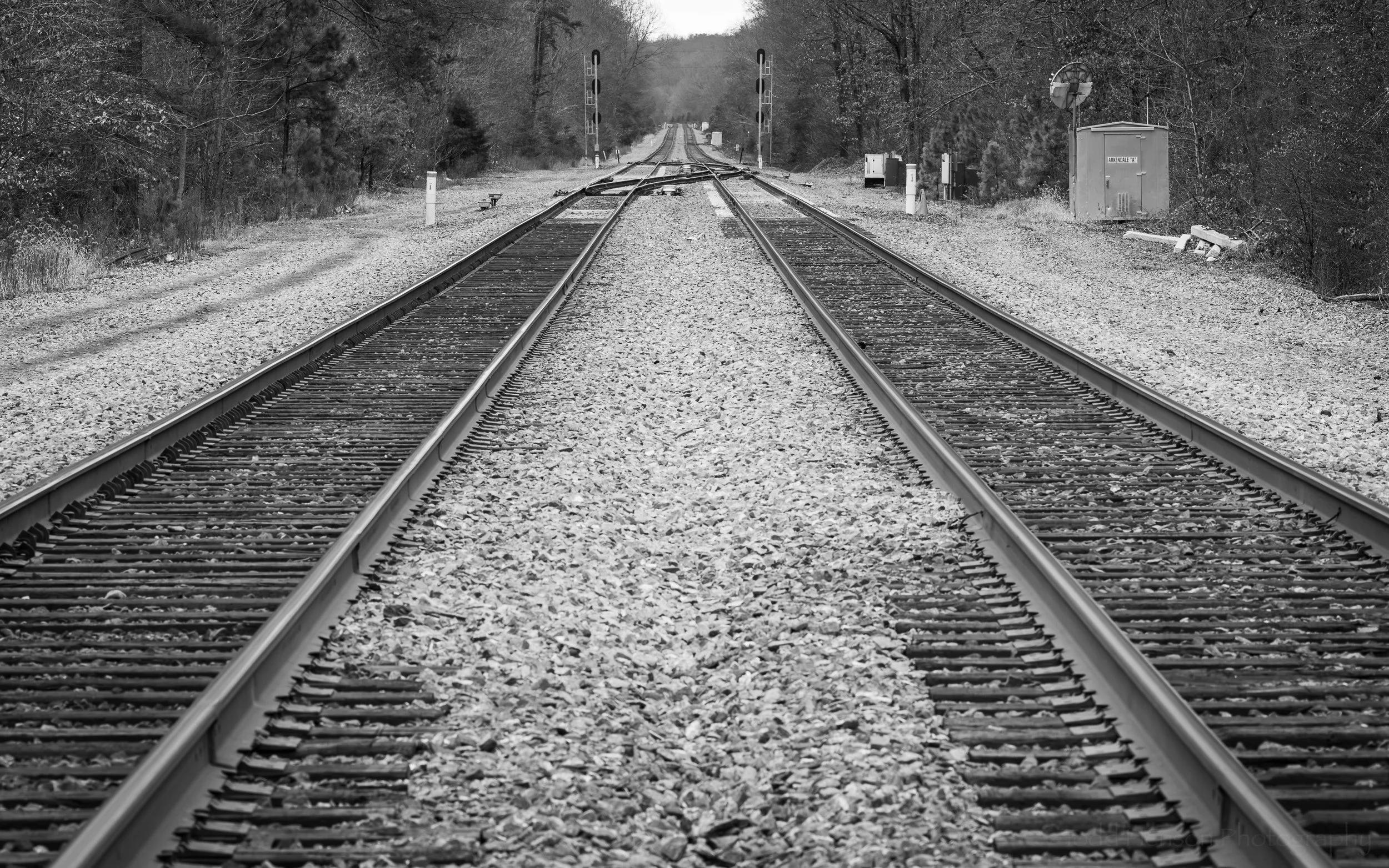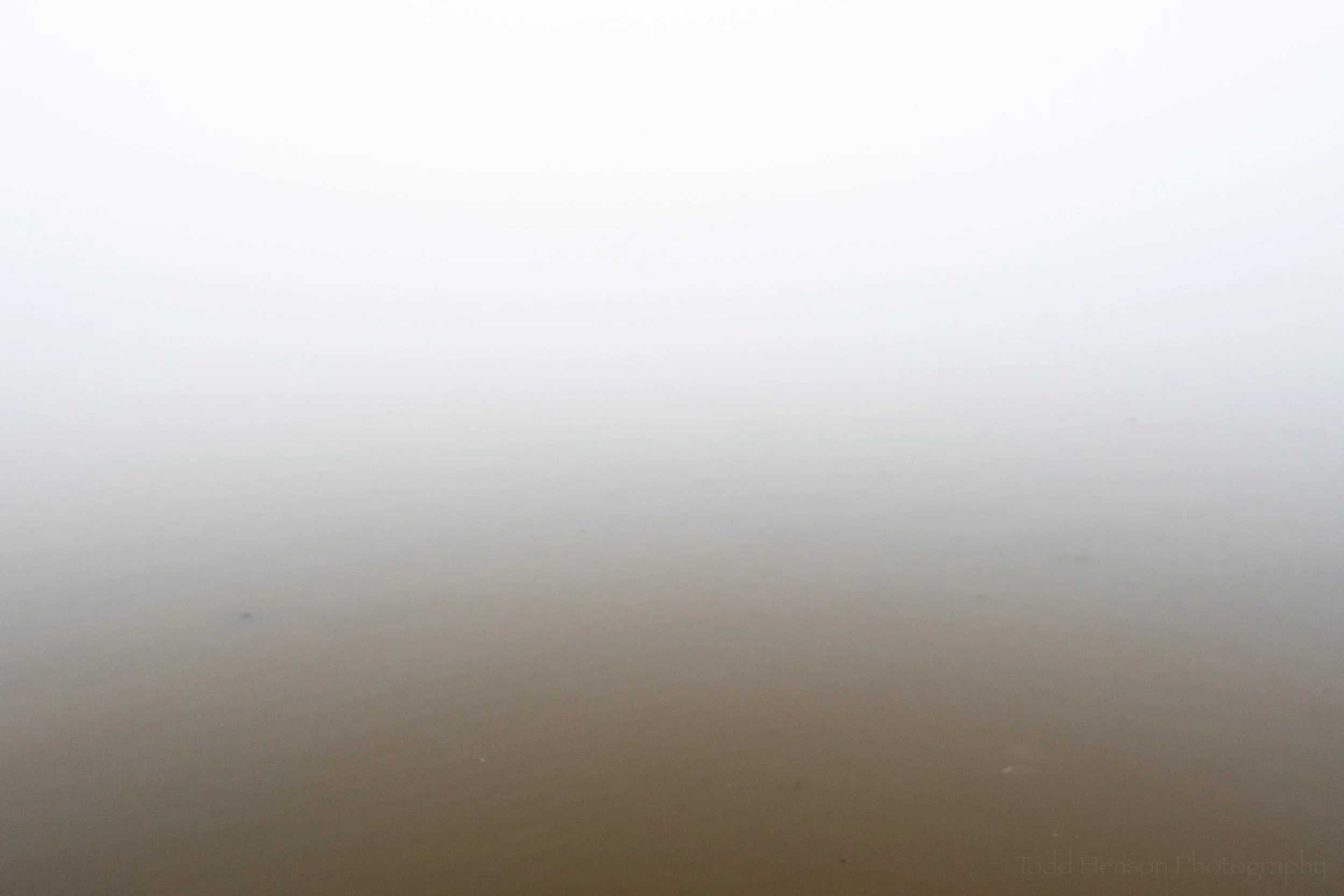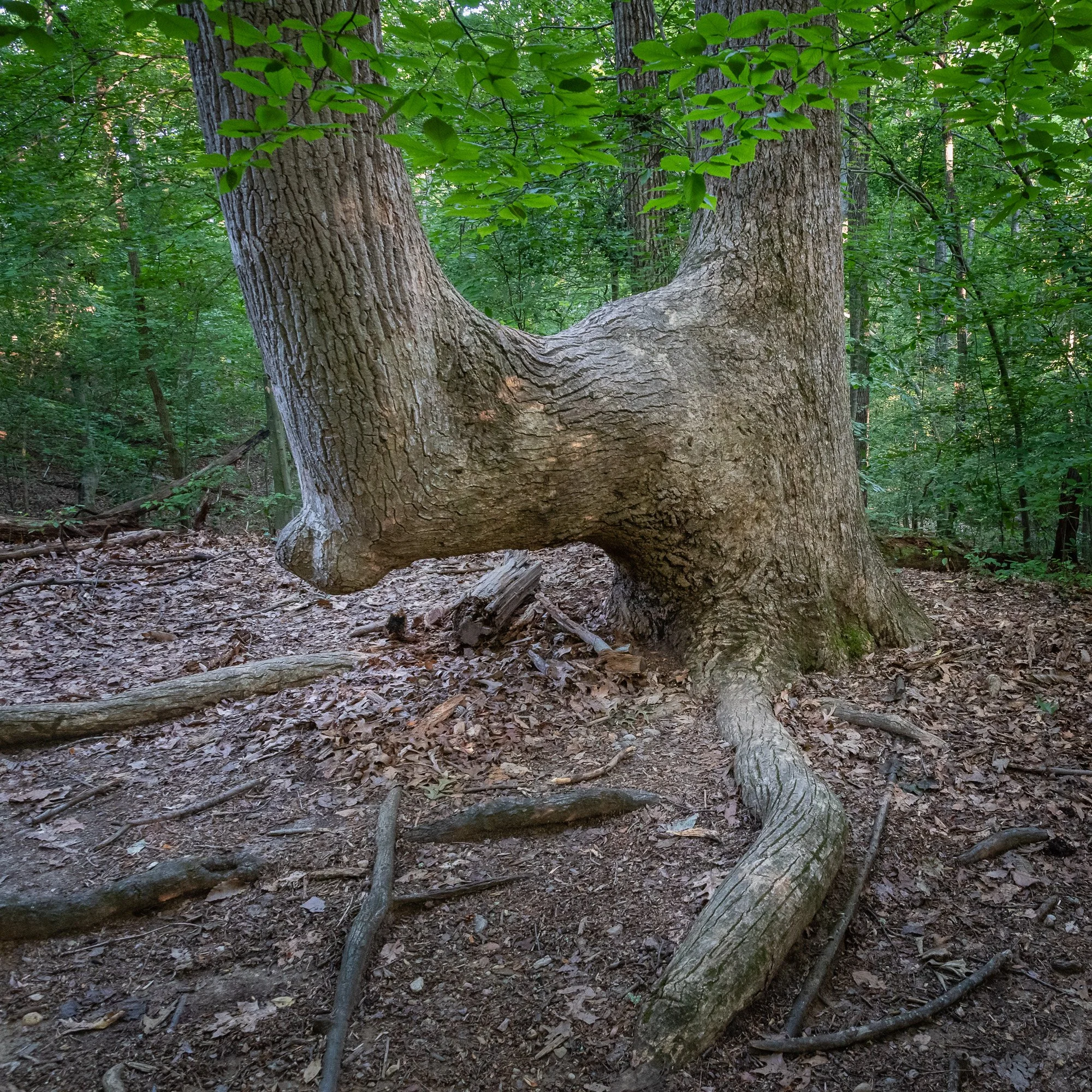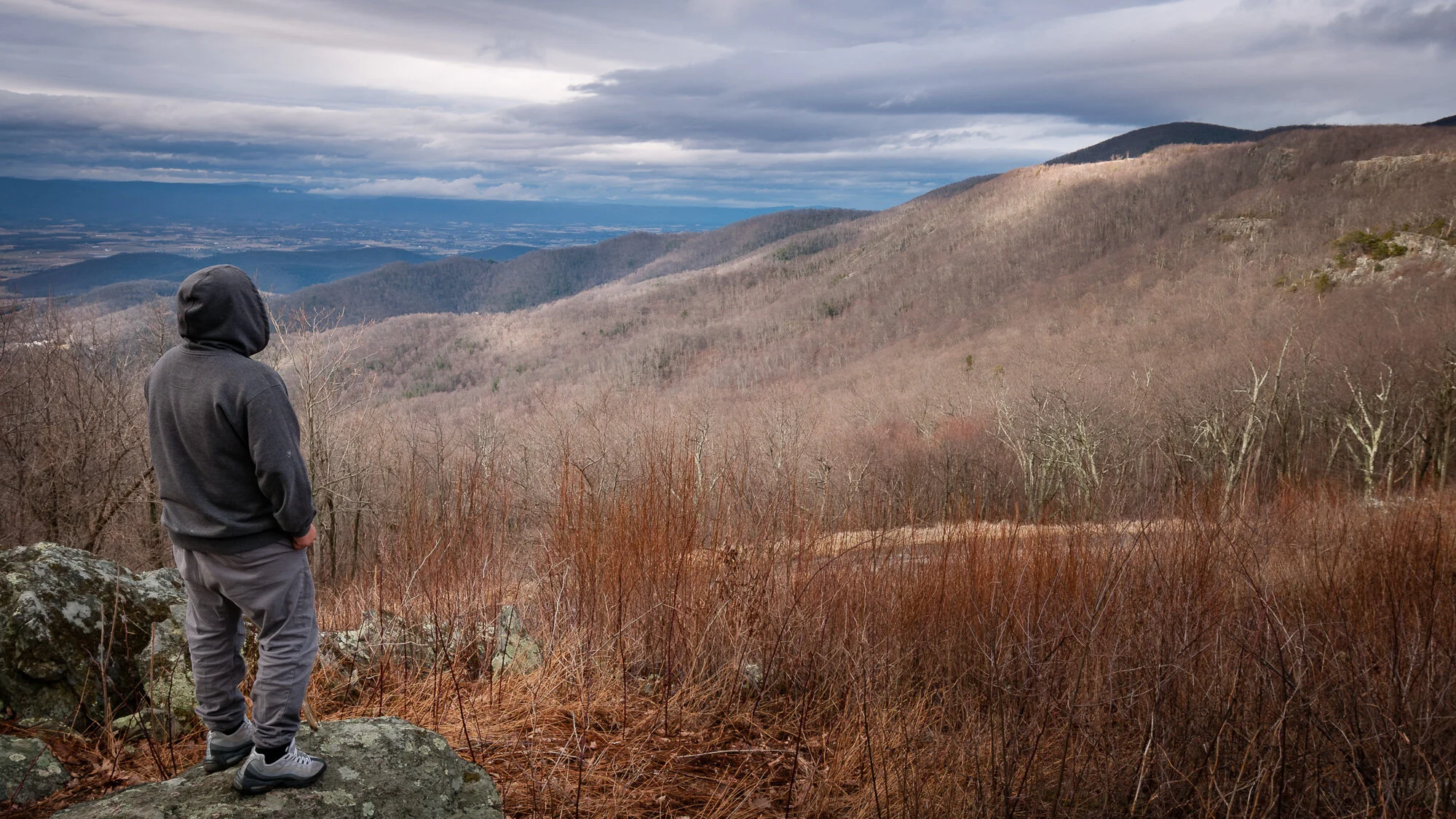St. John’s Baptist Church and Moses Lodge
If you’ve ever driven along Green Road in Hurleytown, part of Midland, Virginia, you may recognize these buildings, St. John’s Baptist Church and Moses Lodge, also known as St. John’s Odd Fellows Hall. I found them thanks to my father, who knows I enjoy seeing and photographing older buildings, and who learned of these through a friend (so thanks to family and friends!).
After I photograph buildings like these I love trying to find some history to go along with them. In this case each building had some clues. The church had a sign on the side of it indicating it had been rebuilt in 1931. And Moses Lodge had a sign that was a bit difficult to fully read, but said “BREWER DELIGHT” and something about “MOSES” and “ORGANIZED APRIL.6.1905”. Also, the church is still actively used and their website indicated it was originally erected in Hurleytown on September 17, 1894.
A sign on St. John’s Baptist Church indicating it was rebuilt in 1931.
A sign on Moses Lodge indicating it was organized on April 6, 1905.
After doing more searching I found a document in the Special Collections of the Virginia Department of Historic Resources titled: “Phase I Architectural Survey of Selected African American Historic Resources” from 2021. This was a fantastic bit of research where I learned that distinct African American communities were established throughout Fauquier County largely due to segregation laws and housing discrimination of the time. These communities were usually centered around a church and a school. In this case we have Hurleytown with a church and a lodge, or hall.
St. John’s Baptist Church
Hurleytown is named after Lawson Hurley, a farmer who purchased land in the area after the Civil War. In 1880 Hurley was described as “a 56-year old African American who could not read or write, but who owned…” and tilled land. It’s said a church was in the community as early as 1869, but it was 1894 that the land where St. John’s Baptist Church resides was granted by Samuel and Belle Smith. Later, in 1910, the Smiths deeded more land to the trustees of the “Moses and Juvenile Lodge of Hurleytown.” Moses Lodge, also called St. John’s Odd Fellows Hall was build in 1905. And the church was rebuilt in 1931 after a devastating fire destroyed the original building. The new building is described in the survey as “a one-story, three-bay, vernacular church building with some Gothic Revival-style elements.”
Moses Lodge, or St. John’s Odd Fellows Hall
The lodge appeared to go by various names, Moses Lodge, St. John’s Odd Fellows Hall, and possibly the Moses and Juvenile Lodge of Hurleytown. The Order of the Odd Fellows was an historic fraternal order. There were apparently at least two different Orders of Odd Fellows and it’s not clear which of these the hall may have been associated with. And given the name Moses Lodge, it’s unclear whether this may have in some way been associated with the Ancient United Order of the Sons and Daughters, Brothers and Sisters of Moses, another fraternal group of the time.
St. John’s Baptist Church and Odd Fellows Hall
I hope you enjoyed these fascinating pieces of local history and views of the buildings.
Do you enjoy these posts?
Sign up to receive periodic emails with updates and thoughts. Don’t worry, I won’t spam you. And please consider purchasing artwork or products from my online store, and using my affiliate links in the sidebar to the right when shopping online.
I appreciate your support!
